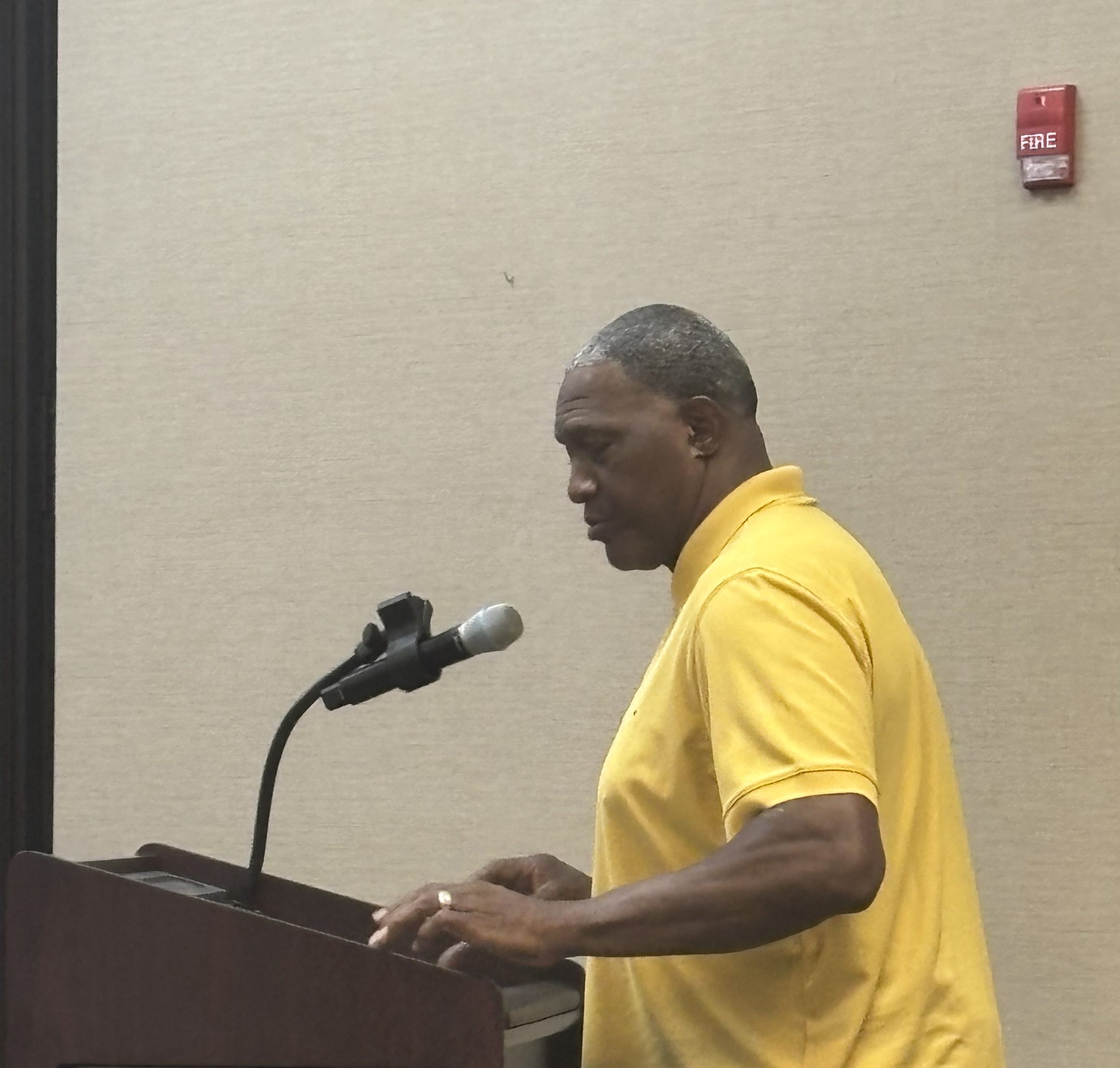Sailors stuck at sea after port deal turn to basketball, beer
Published 8:00 am Sunday, March 8, 2015
LOS ANGELES – After a two-week journey across the Pacific Ocean, Warren Galanida was eager to feel the ground under his feet in Los Angeles, eat steak and spaghetti, and visit attractions such as Disneyland and Universal Studios.
Instead, the 31-year-old sailor from Manila, Philippines, spent two more weeks off the coastal Southern California, stuck in a flotilla of more than 25 giant cargo ships bottlenecked in a labor dispute. Galanida and the other 24 crew members of the APL container ship passed time playing basketball, surfing the Web, watching movies and partying with a “maximum of two kinds of beer,” Galanida said this week in Long Beach, after leaving the ship terminal for a shopping trip to the local Wal-Mart.
“We were just drifting out there,” said Galanida, a sailor for eight years, accustomed to the trans-Pacific route between Yangshan, China, and ports in Long Beach and Oakland, California. “How do I sum it up? It’s boring.”
Hundreds of sailors are still stuck on ships awaiting berths at the two busiest U.S. ports, Los Angeles and Long Beach, two weeks after dockworkers and their employers settled a nine-month labor dispute that snarled cargo. Clearing out the backlog could take about three months, the heads of both ports said this week.
With the contract between the International Longshore and Warehouse Union and the Pacific Maritime Association now tentatively sealed, ships are again moving through the harbor shared by both ports. Yet 29 vessels remain at sea, and more than 700 crew members are still stranded, according to the Marine Exchange of Southern California. Sailors, who weren’t involved in the labor struggle, have endured waits of a month or more off the coast.
Once docked, or “alongside” in nautical parlance, many of the predominantly Filipino sailors call on the nonprofit International Seafarers Center, where manager Pat Pettit drives them between the docks and stores in downtown Long Beach such as Wal-Mart, run by Bentonville, Arkansas-based Wal-Mart Stores. Pettit noted that many of the sailors stock up on shoes, clothes and electronics that were on the same ships they navigated from Asia.
Also popular: American chocolates, which are creamier than sweets in the Phillippines, and perfumes and lotions from Victoria’s Secret, a subsidiary of Columbus, Ohio-based L Brands Inc.
Some of the sailors hang out at the seafarer’s center, a cluster of modular buildings at the Long Beach port with pool and ping-pong tables, games, books, a chapel and a small kitchen. Pettit, 65, whose grandfather, father and stepfather were sailors, transports the visitors in a van. The center’s finances, which derive mostly from voluntary charges on arriving ships and an annual tugboat race, are so meager than Pettit sidelined the van when gas prices were too high.
Galanida, who described himself as middle class, declined to comment on the dispute between the union representing 20,000 U.S. dockworkers and their employers, while pointing out that he and other sailors continue to draw salaries while stranded offshore.
Gunnar Lundeberg, president of the Sailors’ Union of the Pacific, which represents about 1,000 U.S.-based sailors, didn’t return phone calls seeking comment on the dockworker labor dispute. American sailors draw a median salary of $39,000 a year, according to the Bureau of Labor Statistics. West Coast dockworkers earn an average of $147,000 a year, the Pacific Maritime Association said.
While on land, the Filipino sailors shop, go out to eat and Skype with family members back home.
Romeo Torres, 48, bought jeans at Wal-Mart for his family in Manila, keeping an eye out for deals since his salary is paying for his daughter’s education. Torres, part of a 27- person crew on a CMA CGM ship arriving from Shanghai and Hong Kong, said the ship was stuck off the Southern California coast for more than a month, after a 13-day trip across the ocean. Food supplies ran short, while sailors passed the time playing basketball, surfing the Internet and working out, he said.
With the ports slowly coming back to life, Torres said he fears being stuck offshore again.
“The operation is still very slow,” he said. “We don’t know how long this is going to take.”






